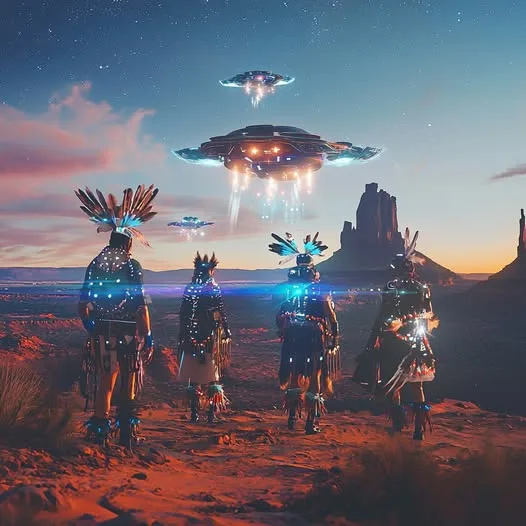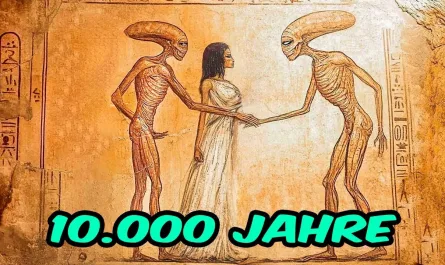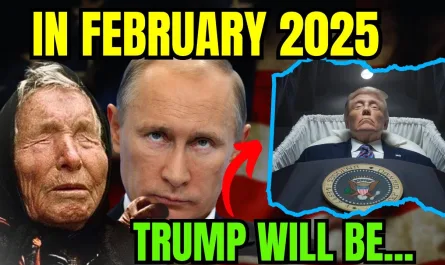The Hopi people of the American Southwest have long held rich spiritual traditions, central to which are the Kachina spirits. These entities are revered as supernatural beings who visit Hopi villages, bringing blessings, rain, and guidance. Depicted through ceremonial masked dancers and carved dolls, Kachinas embody various aspects of the natural and spiritual world.

In recent times, some theorists have posited a connection between Kachina legends and extraterrestrial influences. Proponents of the ancient astronaut hypothesis suggest that the Hopi’s accounts of Kachinas descending from the heavens may be interpreted as early encounters with advanced beings from other worlds. This perspective implies that such beings could have imparted cosmic knowledge, influencing the development of early human spirituality and technology.
One aspect often cited in this context is the Hopi prophecy of the Blue Star Kachina. According to this prophecy, the appearance of a blue star in the sky will herald significant transformations on Earth, leading to a period of purification and the emergence of a new world. Some interpretations within the ancient astronaut framework equate this blue star with extraterrestrial spacecraft, suggesting a return of these otherworldly guides. More Detail: crystalinks.com
However, it’s important to approach these interpretations with caution. Mainstream anthropology and Hopi oral traditions do not support the extraterrestrial hypothesis. The Kachina spirits are deeply rooted in the Hopi’s cultural and religious context, symbolizing natural forces, ancestral spirits, and moral teachings rather than beings from other planets.
The allure of linking ancient myths to extraterrestrial visitors often stems from a desire to find universal connections and explanations for humanity’s profound questions. While these theories captivate the imagination, they can also overshadow the rich cultural significance and historical context of indigenous traditions. Engaging with the Hopi’s spiritual heritage on its own terms offers a deeper appreciation for their worldview and the lessons embedded within their stories.
In conclusion, while the notion of extraterrestrial influences in Hopi Kachina traditions presents an intriguing narrative, it remains speculative and outside the bounds of established anthropological understanding. Respecting and preserving the integrity of the Hopi’s cultural expressions allows for a more authentic and meaningful engagement with their spiritual legacy.


